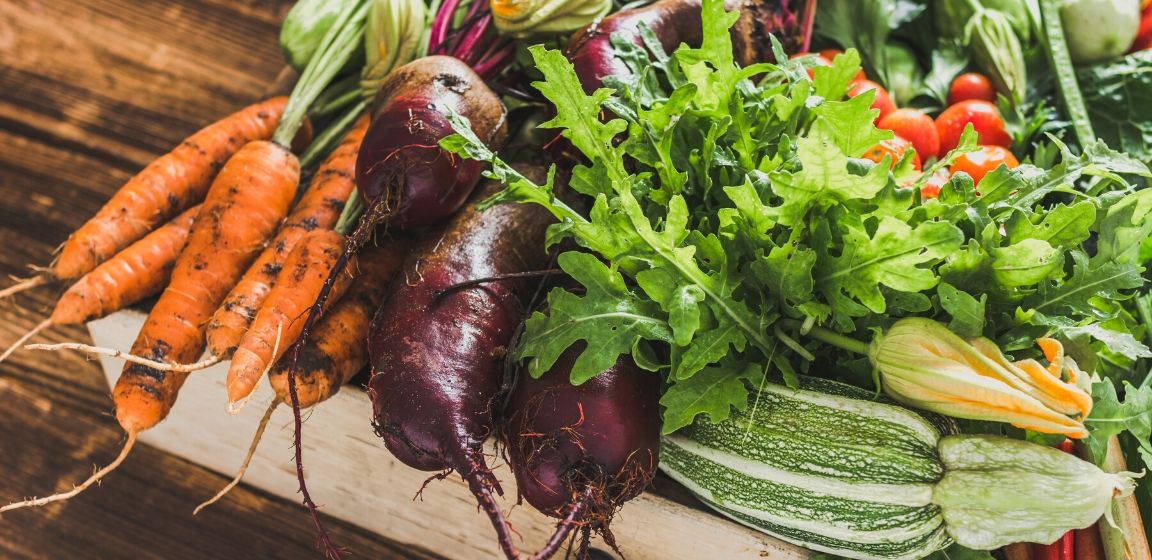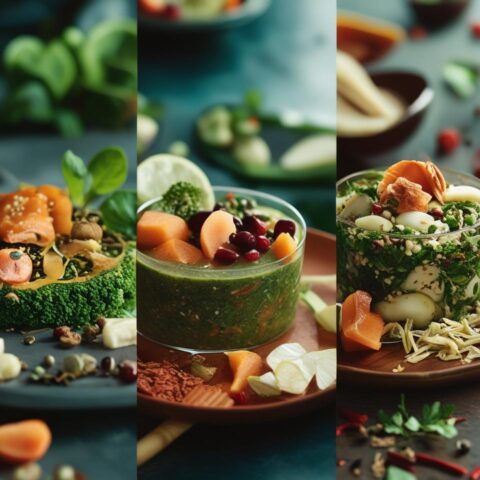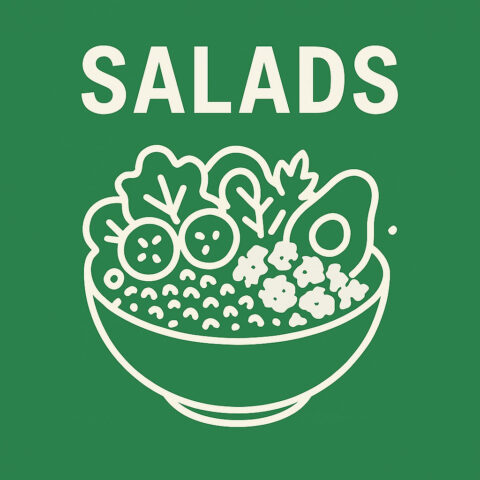Of all the diet trends you can try, farm-to-table is one of the most natural, sustainable, and delicious. Farm-to-table eating simply means getting your food directly from local farmers or locally sourced restaurants. Incorporating locally sourced foods into your diet ensures that you eat seasonally and organically—two qualities that provide more nutritious and flavorful products. There are many options and opportunities when it comes to eating locally. Here are a few healthy tips for eating farm-to-table to incorporate into your diet and daily life.
Ladle of Contents
Meet Your Local Farmers
Of course, the best way to eat farm-to-table is to get to know your local farmers. Your local farmers’ market is a great opportunity. You can find various foods and purchase them straight from the farmer. Farmers’ markets also provide you with the chance to speak directly with the farmer, letting you ask questions about their practices. The more you frequent your local market, the better you’ll get to know the people there—both farmers and consumers. It’s a great place to find advice, recipes, and a community that shares your foodie interests.
Plan Meals Seasonally
When you buy your produce seasonally, you use ingredients that are in their prime. Fruits are ripe and rich in color. Vegetables are bursting with vitamins and minerals. Take advantage of this by planning your meals according to what’s in-season. After some research or a couple of trips to the farmers’ market, you’ll get a feel for what’s currently available and popular. Incorporating these products into your meal plan helps you find and choose what you need for a well-rounded diet. Of course, you don’t have to limit some of your seasonal favorites to only one time of year. You can always stock up on in-season produce and can, preserve, freeze, or dry it to last throughout the year. You might even be able to buy preserves or canned produce directly from your local farmers.
Grow It Yourself
One of the top tips for eating farm-to-table is to try your hand at growing the food yourself. You can start as small as you want—an herb garden on the windowsill is an easy first step. Test your green thumb further by starting a fruit and vegetable garden. You might also enjoy keeping animals. Chickens are surprisingly low-maintenance once you have the essential coop equipment. If you want milk and butter, but aren’t sure about keeping cows, goats are smaller and easier to handle. Having your own garden or livestock means you know exactly where your meals are from and how they’re made. It also provides you with the enriching experience of growing your own food and providing for yourself.








